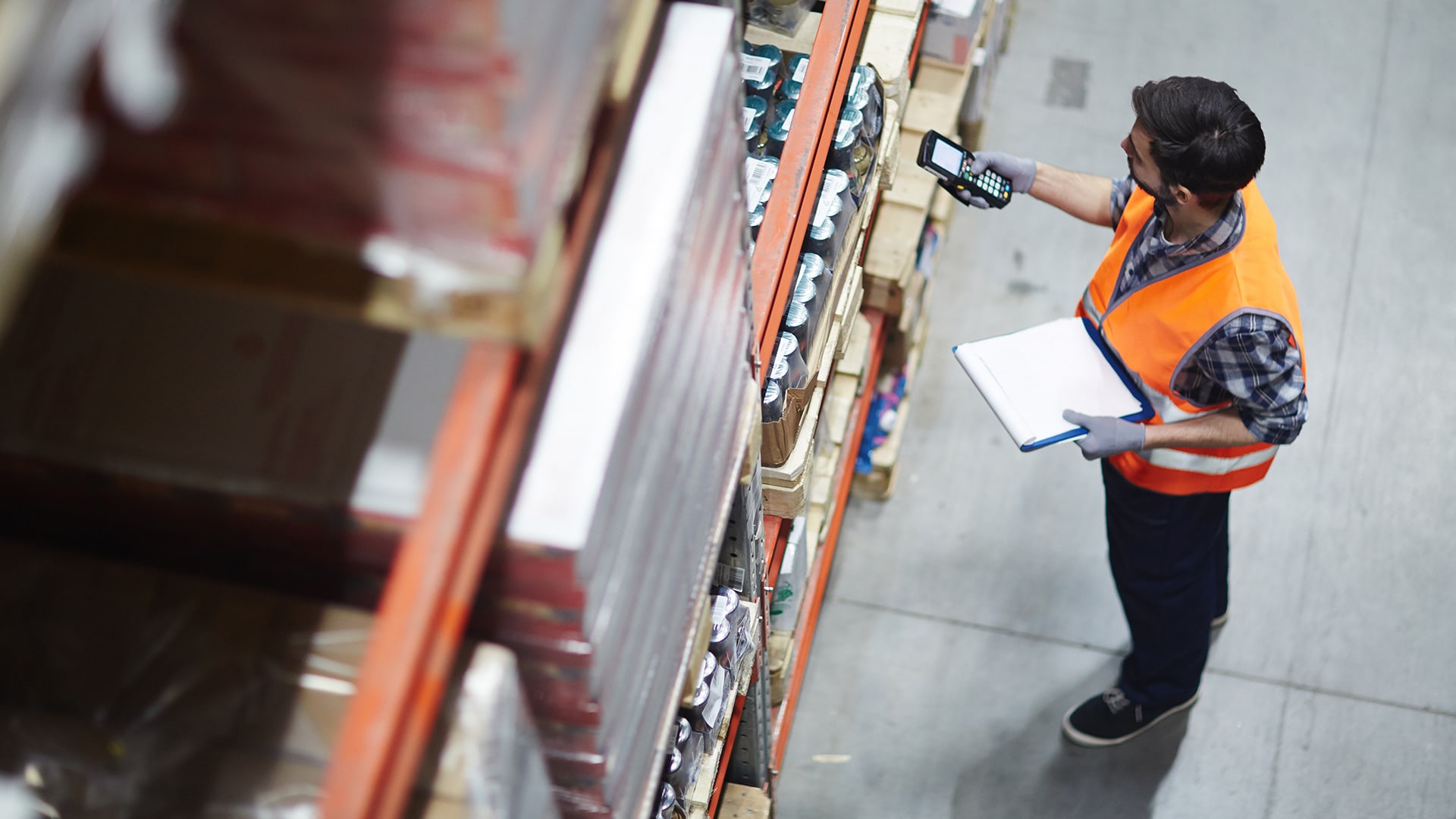Cargo Consolidation and Deconsolidation: What You Need to Know

If you are in any line of business that involves shipping goods around the country, you are no doubt already aware of the increasingly complicated nature of modern logistics.
While the truly major, big-name companies have already made use of their vast resources to iron out and optimize their systems, comparatively smaller enterprises can often struggle as they try to establish themselves in a market that’s both complex and high stakes. Even established, mid-range businesses often suffer from inefficiencies in their shipping system that they aren’t even aware of.
This article will explain one of the more centrally important concepts that should be mastered by any company involved in shipping goods from one place to another – consolidation and deconsolidation. Whether you’re an established company looking to increase efficiency or a newer company hoping to gain a foothold in a competitive market, fully understanding and taking best advantage of consolidation and deconsolidation is a necessity.
A Key Term
Before getting too far into it, it’s worth noting two terms very relevant to this discussion - Full Container Load (FCL) and Less than Container Load (LCL), which naturally refer to the size of a given shipment and whether it contains enough material to fill an entire truck or shipping container.

Consolidation
As the name implies, consolidation is the practice of combining multiple smaller shipments from different suppliers into a single truck or container in order that they may be shipped together.
Pros of Consolidation
The main benefit offered by consolidation is the lower costs that naturally come with using fewer trucks and personnel to move more goods – if your company only tends to ship in LCL quantities, it makes sense to “split” the cost of hiring a truck when you only need a portion of its total space.
Some companies whose average shipment sizes aren’t usually big enough to fill a container will bypass consolidation by simply waiting until they do have a FCL before they ship at all. Although this option is efficient in terms of container costs, it has a noticeable drawback – less frequent deliveries means that your goods will reach consumers more slowly and, in less quantity, which slows down your bottom line.
Aside from saving on shipping costs, consolidating shipments is also generally more efficient. Rather than 3 or 4 trucks all partially full and each charting their own courses, consolidation by a competent 3PL moves all goods to a shared location on an optimized route without the need to wait for a FCL.
"Consolidation lowers costs that naturally come with using fewer trucks and personnel to move goods – if your company only tends to ship in LCL quantities, it makes sense to “split” the cost of hiring a truck when you only need a portion of its total space."
Cons of Consolidation
The cons of consolidation all boil down to the complicated nature of the practice. Consolidation requires strong communication between points of travel, accurate visibility and tracking of cargo in transit, and potentially de- and reconsolidating containers several times along the way. All of this requires a well-oiled system backed with strong technology and communication systems to carry out efficiently, without delays, or lost or damaged goods.
Deconsolidation
Logically, deconsolidation is the opposite of consolidation – rather than combining shipments from multiple vendors into a single transport, multiple goods from a single vendor will be broken up into smaller groups and transported to their final destination independently of each other. The last mile stage of shipping is usually the most complicated and expensive part of the entire process because delivery points in rural areas are often spread across many miles while urban deliveries must contend with heavy traffic, construction, and parking.
Therefore, although deconsolidation will naturally involve more drivers and handling than a single shipment (and hence, more shipping expense), the difference is made up by optimizing the delivery of goods to multiple different destinations. Quickly and reliably delivering goods to multiple points will allow products to reach consumers faster, in greater quantity, and across a greater area.
In light of all this, deconsolidation doesn’t really have pros and cons so much as it’s ideal for some parts of the shipping process and inefficient in others. It’s also worth considering that deconsolidation can potentially be the right choice 100% of the time in some situations, say, for a business that operates only on a very local level.
"Deconsolidation naturally involves more drivers and handling than single shipments (hence, increased expenses). The difference is made up by optimizing the delivery of goods to multiple destinations in greater quantity quickly and reliably."
The Best Choice? Trust The Professionals
Ultimately, truly getting the most value out of any shipping business will generally involve a combination of consolidation, deconsolidation, and potentially several changes back and forth between the two. This will allow cargo to quickly and efficiently cover ground while maximizing space during the long hauls and then be distributed to local warehouses or vendors with maximum efficiency.
The catch is that handling all the complications that come with this process can feel hopelessly complex without the aid of a professional logistics team. That’s where many businesses turn to PCC Logistics, the top name in logistics on the West Coast.
We’ve been an industry leader since the 1980s, offering a wide range of logistical services to assist with every step of the shipping process down to the last mile.
Contact us today to find out what we can do to help your business thrive.
Share This Post:
Solutions-driven logistics to service every mile.
432 Estudillo Avenue
San Leandro, CA 94577
Sales: (888) 872-3002
Phone: (510) 346-6100